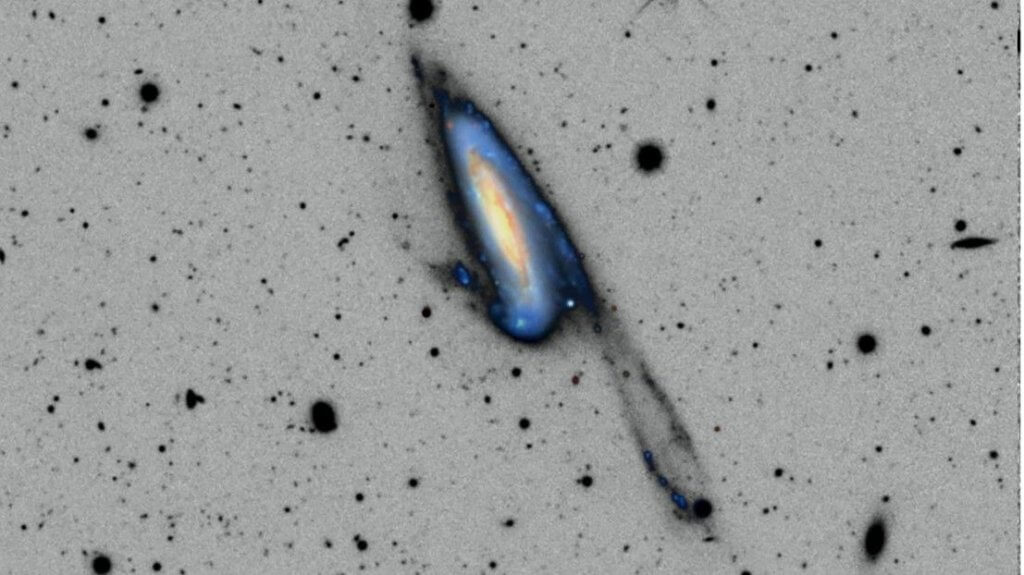Dark matter makes up some 80 percent of the universe’s mass, but whatever it is, astronomers don’t exactly know what comprises this substance nor how exactly it behaves. The designers of a prospective European Space Agency mission hope to change that.
The mission is known as “The Analysis of Resolved Remnants of Accreted Galaxies as a Key Instrument for Halo Surveys,” or ARRAKIHS, and is slated to observe galaxies like our own Milky Way in the hopes of understanding what makes dark matter tick. The Spanish-Swiss mission has already gained ESA’s approval — if all goes well, it will launch in 2030.
One reason why scientists believe dark matter exists is they’ve seen its shadows, so to speak. In other words, galaxies like the Milky Way are overlain with what are known as “dark matter haloes,” or invisible bubbles of dark matter. We can’t see these haloes directly, as dark matter doesn’t interact with light and is therefore invisible to us, but we can see the effects the substance has on a galaxy. More specifically, dark matter haloes are thought to directly affect how galaxies rotate.
Therefore, ARRAKIHS — named for the desert planet in the book series (and now film series) “Dune” — is planned to scan galaxies like the Milky Way in search of the halos.
Related: The Milky Way is warped, and it might be the work of dark matter
ARRAKIHS’s itinerary calls for it to examine 75 different galaxies for 150 hours each, but as you may have guessed, ARRAKIHS won’t look at those galaxies’ bright centers. Instead, it will examine their outer rims, examining things like the dwarf galaxies that orbit the target galaxies as satellites, yet still reside within those dark matter haloes. In doing so, astronomers hope they can learn more about all these haloes and compare their observations to computational models.
ARRAKIHS is what ESA calls a “fast,” or F-mission. ESA intends for F-missions, true to their name, to launch relatively quickly after selection — and with a low price tag. ESA’s first F-mission pick was the Comet Interceptor, which was selected in 2019 and is now scheduled for a 2029 launch. ESA then selected ARRAKIHS as the second F-mission in 2022.
ARRAKHIS’s plans meant two key guidelines: One, the mission would launch just 8 years after selection; two, the mission would cost less than 175 million euros. (In contrast, a larger mission like JUICE, which launched this year, gained approval in 2007.)
But ESA’s selection was only the first hurdle to launch. In September, ARRAKIHS cleared the next hurdle: The mission design review. With this review, ESA higher-ups approved the project’s specifics.
“We are very excited! It’s a happy and emotional moment to get past this first phase. It means that the mission is now concretely valued,” Pascale Jablonka, an astrophysicist at Switzerland’s École Polytechnique Fédérale de Lausanne, who leads ARRAKIHS’s science component, said in a statement.
Next, the mission has to clear a more detailed review of the spacecraft’s instruments and science objectives. ESA calls this step Phase A/B.

